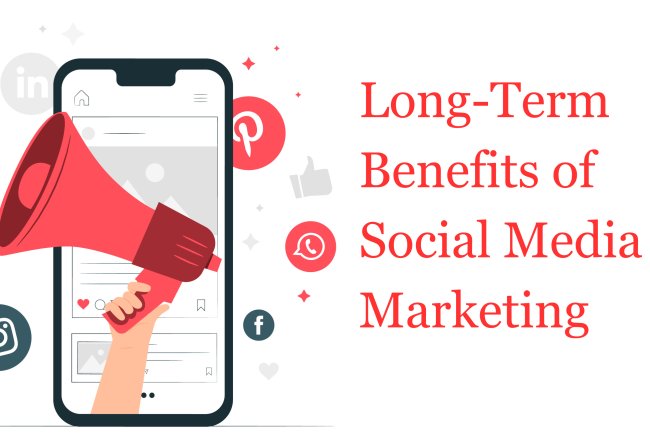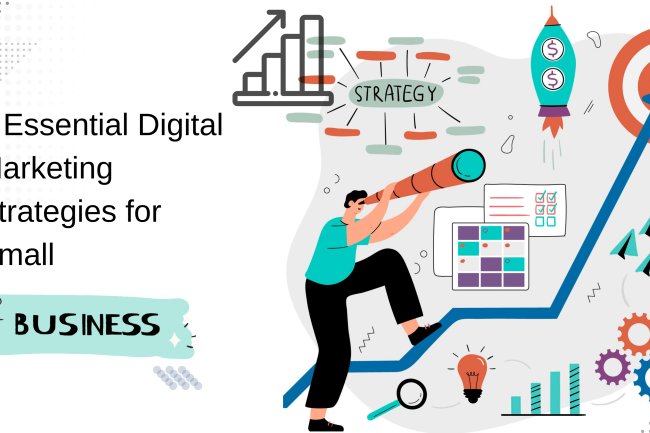How to Measure Customer Engagement: 10 Effective Techniques
Many people consider sales to be the ultimate goal or outcome of customer engagement, but this is only the beginning. The goal of marketing should go beyond making sales to ensure that your customers continue to patronize your brands. As a business owner, you must understand how to measure yours through the use of relevant metrics.

How to Measure Customer Engagement: 10 Effective Techniques
Many people consider sales to be the ultimate goal or outcome of customer engagement, but this is only the beginning. The goal of marketing should go beyond making sales to ensure that your customers continue to patronise your brands. As a business owner, you must understand how to measure yours through the use of relevant metrics.
The best indicators go beyond sales and include customer retention, positive feedback/testimonials, and customer referrals.
So, what are the most effective metrics for measuring customer engagement? We'll go over all of that in this article, but first, let's go over what it all means.
What exactly is Customer Engagement?
It refers to the outcomes of a marketing campaign's performance, as well as the effectiveness of reaching and inducing a response from the target audience. As a result, you should be able to increase sales and revenue. However, going above and beyond that can be beneficial to your company.
Customer engagement also entails developing a relationship and a strong bond with customers, because satisfied customers can provide useful feedback and referrals. Customer feedback is essential because it can help improve your brand's services or products.
How Do You Measure It?
Customer engagement, like any other business vertical, must have a goal. Brands should ask themselves questions like, "What are we aiming for?" What are the objectives? This will assist you in defining the progress of your campaign.
Businesses should track social media engagement activities such as likes, shares, and comments. Marketers who use websites and blogs can track engagement using metrics such as average session duration, bounce rate, and others.
Feedback and reviews are also metrics that business owners can employ. Companies that use email marketing can also use software to track their recipients' behaviours.
The Top 10 Indicators of Customer Engagement
Some metrics can help you determine the effectiveness of your customer engagement strategy. You should be aware of the following key indicators:
1. Conversion Rate
Every campaign has a goal, which determines the conversion rate.The aim of any marketing campaign could be to get customers to download an eBook, subscribe to a newsletter, click a web page, or visit a product page and buy a product.
Whatever the target of the promotion is, you have to pay attention to the conversion rate as this would also reveal your return on investment (ROI). So, how can you measure the conversion rate?
Some businesses use tools and software that provide accurate conversion numbers. However, we will demonstrate another method using only basic maths;
Number of conversions multiplied by 100 = conversion rate.
Total number of guests
2. The Net Promoter Score (NPS)
The NPS is another effective metric for determining customer engagement. It usually asks customers to rate their experience with a specific product or service. NPS can be used to measure the overall experience of your customers and to improve services.
NPS is frequently expressed through feedback questions such as this; .
- How would you rate your customer experience with our company's products/services on a scale of 0 to 10?
- How likely are you to tell your friends about our products/services?
- How can we make our services/products better?
You can learn about the customer experience and the quality of services they receive using this metric. If possible, it can also assist you in improving the quality of your output.
3. Average Session Length
The'session duration' is the average amount of time a visitor spends on a site's pages per session. Marketers can use this metric to determine which products customers are interested in, particularly on a landing page.
Blog posts with a higher average session duration demonstrate that they are appealing to your target audience, which assists you in creating content on similar topics.
Google Analytics, for example, can assist you in tracking the average duration session of your posts. They also have information about the location and demographics of your target audience.
4. Frequency of Return Users
The number of return users is another effective way to demonstrate how your customers engage. Visitors who return show an interest in your content/products/services.
A high number of returning visitors would be a positive outcome for your company or campaign. This information can also be obtained using Google Analytics.
5. Rate of Customer Retention (CRR)
Converting prospects into buyers is not the end goal of a marketing campaign, and you must ensure that customers who buy a product do not switch to your competitors. The ability of a company to convert one-time buyers into repeat customers is measured by its customer retention rate.
CRR is the number of customers retained by a company over a given time period. Another method that business owners can use to measure customer engagement is customer retention.
So, here is how the maths works;
CRR = [(E – N) divide by S] multiplied by 100
E- is the number of total customers at a given period
N- is the number of the added customer at a given period
S- the number of existing customers at the start of the given period.
If you want to know more about it, check out this article about retention metrics.
6. Customer Retention Rate
The number of customers who stopped using your product over time is referred to as the churn rate. The results of your customer engagement strategy are calculated on an annual or quarterly basis. Businesses can use the churn rate to determine why their customers are leaving.
Although businesses strive to keep churn to a minimum, the presence of this metric may not be a major concern. It is normal for a business to have one-time customers, but tracking your churn rate and keeping it to a minimum is still critical.
Customer feedback survey responses can be used by online businesses to gauge consumers' reactions and opinions about the brand, platform, and product. This will aid in developing a better understanding of marketing strategies that need to be employed to increase customer loyalty.
7. Participation on Social Media
Today, social media reigns supreme in the digital world. As a result, it is critical to monitor your campaign on social media platforms such as Facebook, Instagram, LinkedIn, and Twitter. Users of social media platforms can interact with your pages if they like your brand. You can use tools to track your customers' social media interactions with your brand's page. Positive comments and social shares can raise brand awareness and expand your social media reach.
8. Ratings of Customer Satisfaction by Channel
Every business should prioritise customer satisfaction. However, you must find an appropriate medium to ask customers about their experiences. In-app surveys are extremely effective at gathering customer feedback. To begin, conduct a survey to determine the channels through which your customers prefer to communicate with your brand. Then, through the channel, inquire about their experience with your product/service.
9. Support Channel Ticket Volume
Another customer engagement metric that business owners should monitor is ticket volume. It highlights the channels that customers use when dealing with your services in various situations. Some customers, for example, prefer social media to ask questions and Emails for other issues. Some customers may prefer to use chatbots in certain situations.
10. Customer Lifetime Value (CLV)
It's great to have repeat and loyal customers, but it doesn't stop there. You must evaluate the worth of your long-term customers, which is what this metric provides. You already know how much your regular customer spends with your company on a monthly or quarterly basis. You can use this data to forecast how much money customers will spend on your company as a result of the partnership. Customer lifetime value is important in determining the budget for customer acquisition costs as well as the user engagement metrics that must be used to increase active users.
Conclusion
While there is no one-size-fits-all approach to measuring customer engagement, there are a few key steps you can take to track your efforts - the points made in this article will help you get a head start. It may appear complicated at first, but with a few simple steps, you can easily measure it. A well-organized action plan can help boost customer satisfaction and engagement, resulting in higher ROI. As a result, whether a company is new or established, consumer engagement is critical. Metrics are essential in measuring the progress of your company. If you have any further questions, please see the Frequently Asked Questions and Answers Section below.
What's Your Reaction?
















